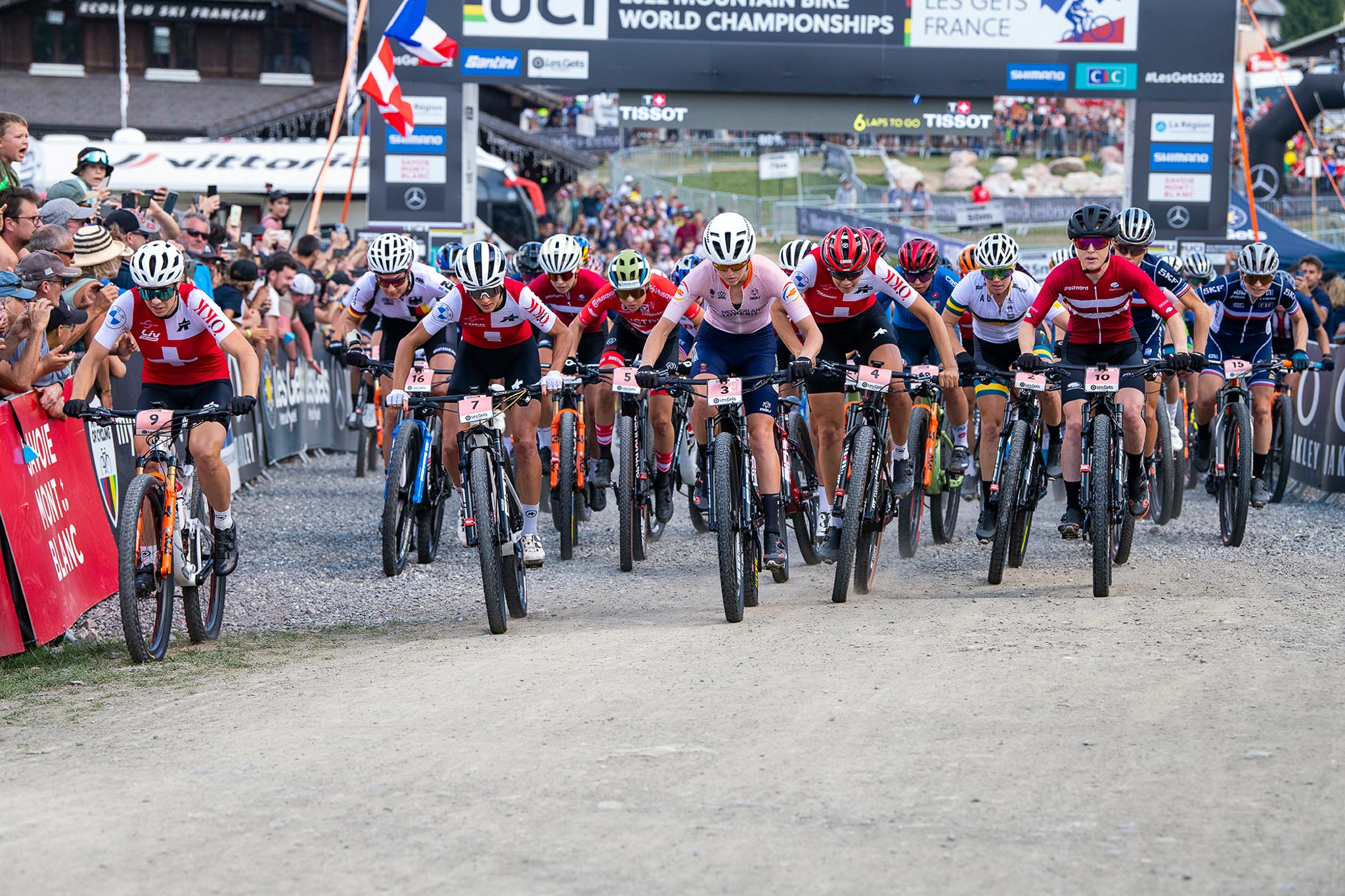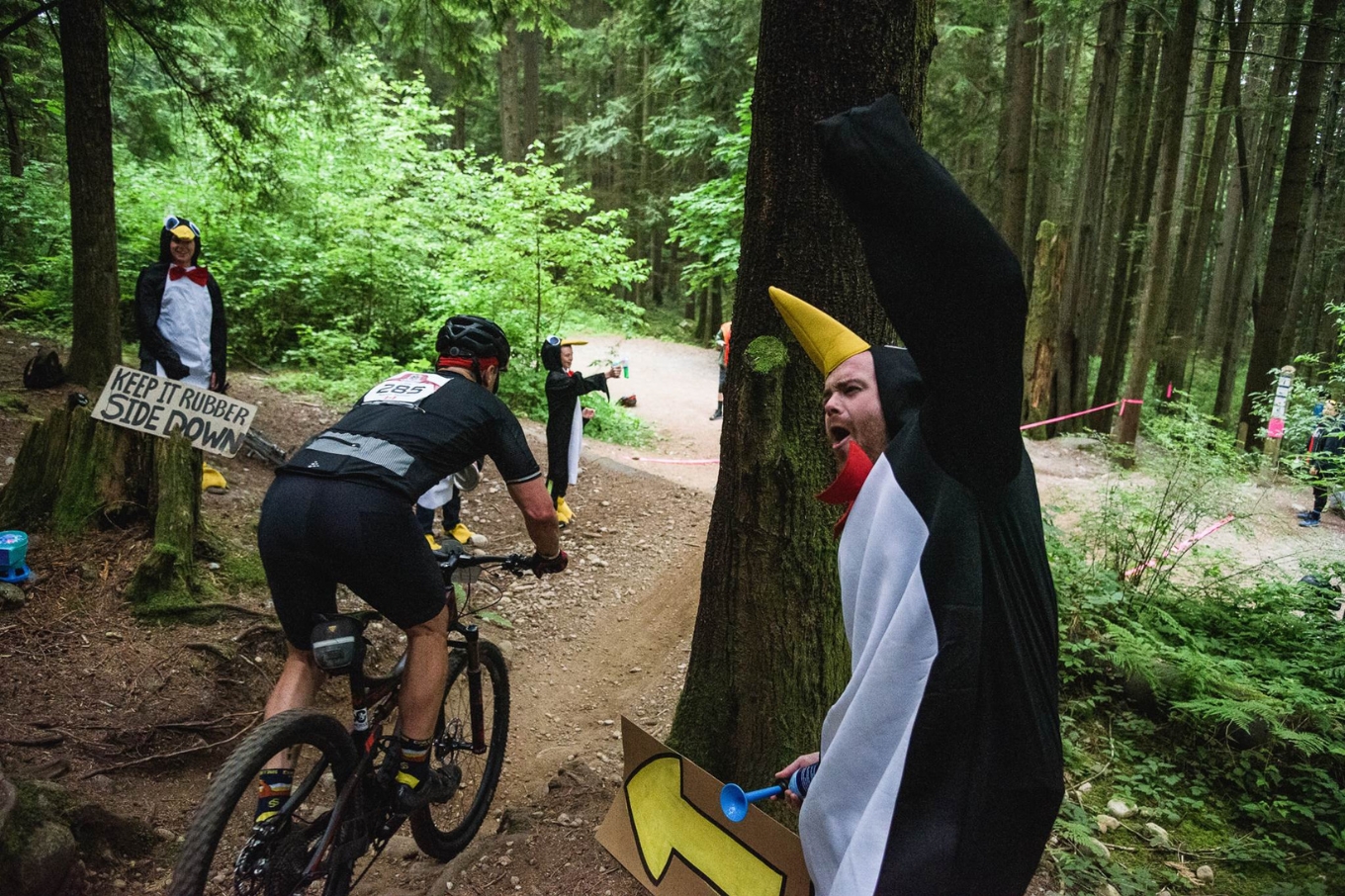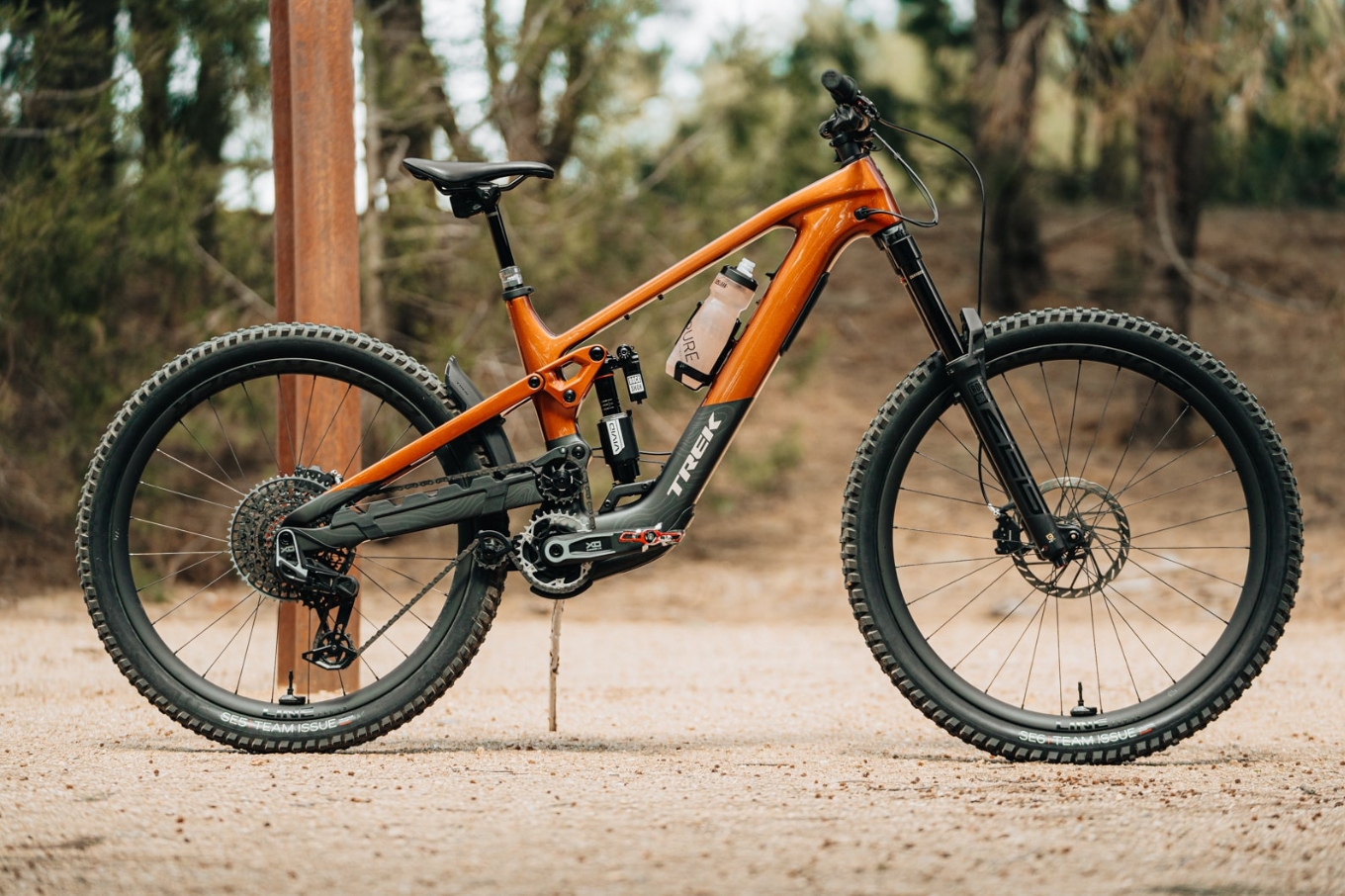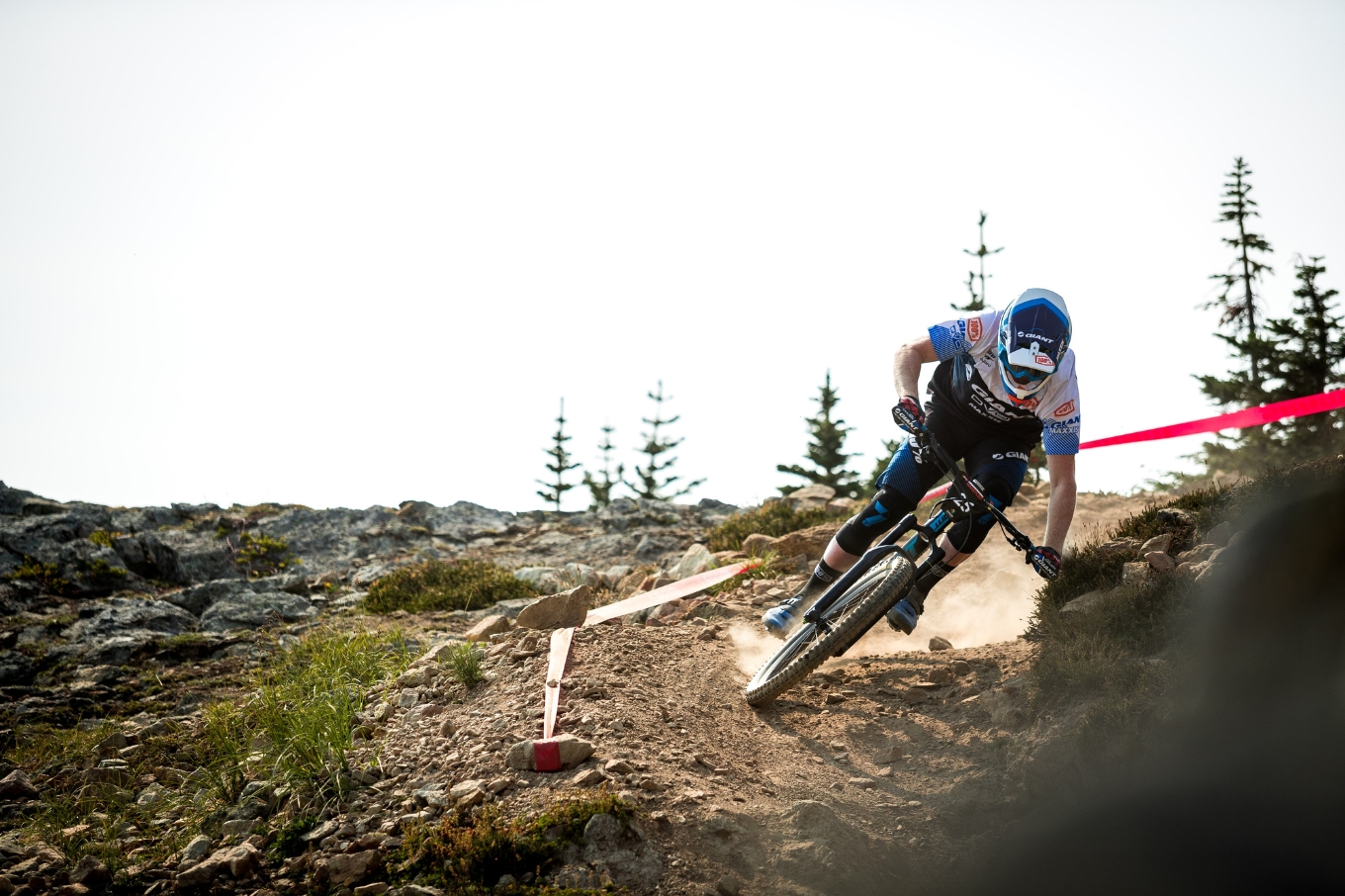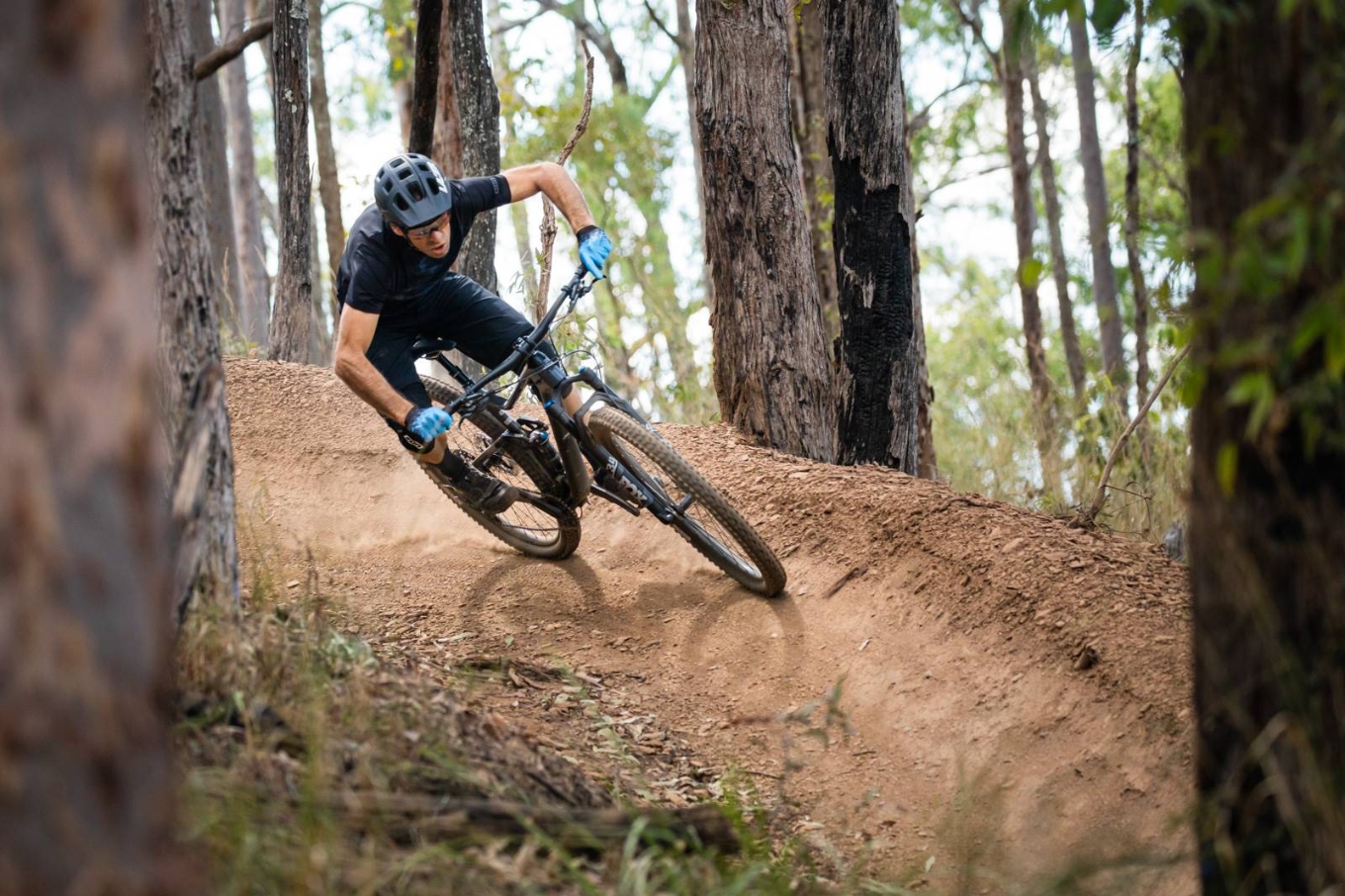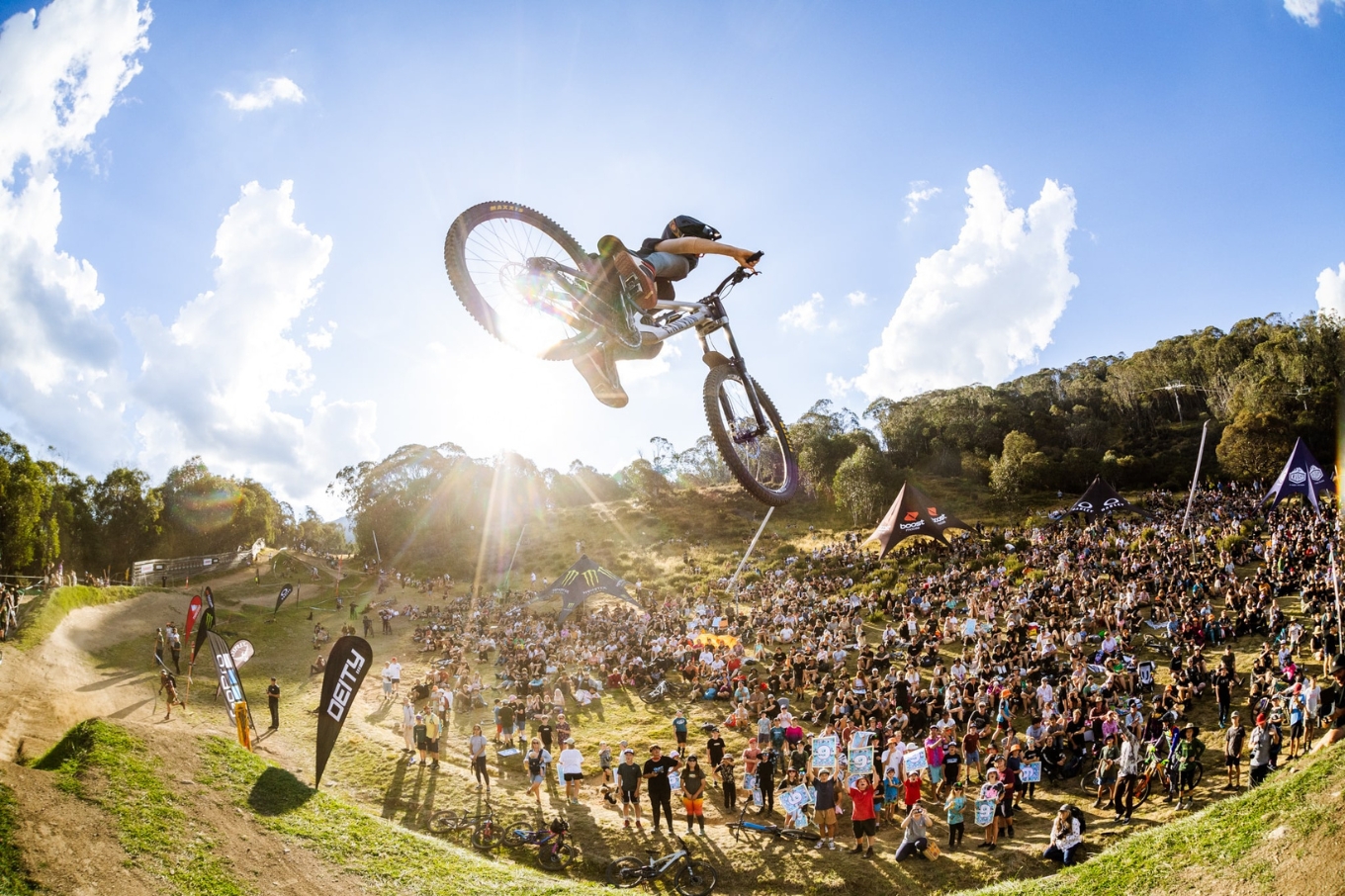FITNESS: All About Pacing in Mountain Biking
Proper Pacing Prevents Piss Poor Performance.
Words: Anna Beck
Photos: Matt Rousu
Anyone with a military and perhaps government background has probably heard of the 7 Ps: Proper Planning and Preparation Prevents Piss Poor Performance. That’s true of many things, including athletic pursuits, but today we are going to talk about a variation of the adage, the 6 Ps of executing a good race: Proper Pacing Prevents Piss Poor Performance.
Pacing is both an art and a science. As we increase our knowledge of training and have the ability to use power in executing races, we can default to relying on numbers in our pursuit of performance. This can certainly be the case for more steady-state disciplines (think time-trials on the road, or long climbs in a road race or even sustained efforts during long XCM or stage races). But what about XCO or XCC, Gravity or Cyclocross? These disciplines are highly stochastic, and it’s not recommended you rely on power executing a race unless there is a steady and sustained part of the course where you may reference the numbers.
Here we will discuss pacing and its intricacies, and give you some hot tips on how to approach your next event for optimal outcomes.
Have a plan
Back to the initial 7 Ps, you’re much more likely to be successful in a race if you go in with a plan of how you are going to execute on the day. The plan should identify decisive moments/key course features, nutrition and hydration options, and how you are best able to spend your biscuits for an optimal outcome.
Think you know how to train? Read here how not to!
Look at the demands of the course
If you are looking at a 45 minute cyclocross event, your pacing strategy will be very different from a 6hr XCM. While both are aerobic sports, in the former you will be constantly dancing above and below your threshold or critical power, while the latter will value pacing maintaining sub-threshold outputs.
For CX and XCO we know a good start is critical, while at the same time we all know athletes who are fabulous at the hole-shot but fade after the first lap; so what’s the right approach?
The bad news: the most successful XCO and CX riders start fast… and finish fast. The bit in the middle? Also fast. Less successful and younger riders start fast, and finish slower. While the most successful riders may start at a similar percentage over their maximal aerobic power/critical power/whatever line in the sand you’re measuring their output with, they have the ability to repeat that effort consistently throughout the ~80-90min race. On the other hand, younger riders (in the paper referenced below, it was comparing World Cup U23 athletes to Elite) tended to start hard, but there was less consistency between laps, and speed tended to trend down.
For these fast-start disciplines, the athlete’s aerobic capacity and repeatability/fatigue resistance is what allows consistency throughout the race, so if you’re thinking ‘heck this is me, I ain’t consistent’, step one is to work on your aerobic system foundations. Step two is to work on race specific efforts and understand the feel of what you can and cannot sustain, and increase your repeatability. While getting the hole shot may feel good, could it be a better option to slide into the top ten instead if it allows for better pacing for the remaining 80minutes? The benefits of even-pacing may exceed that of the hole shot’s straight line of sight between the tape, and risk of being caught behind a crash.
The course itself will also come into play: an XCO race with a long sustained climb will favour less “YOLO” in the first lap over the course of 90minutes, compared with something with a more rolling terrain: if you have 5x8min climbs in a race pacing around threshold (power) would likely see much more positive results than going “YOLO” with an 8min effort and then struggling to ride in tempo up every other climb.
For an XCM, Gravel, sustained effort stage race, and even to a point a gravity event with liaison stages, the course is rarely decisive in the first five minutes of the race, the race is much longer and consistency over the course of hours is more beneficial than a fast-start technique. Looking at Brendan Johnson’s power file he uploaded from his Dirty Warny event, it’s obvious he engages in NO-YOLO activity. As Australia’s most decorated stage race and marathon racer, it’s clear to see that Brendan has the pacing all worked out.
Be in tune with yourself
Part of the reason we train is to prepare ourselves mentally for the ardour of racing. Efforts are important to elicit physiological changes, but are also a way of letting our body know what we can endure.
As such, we want to work at tuning into what each effort feels like, and what a good—and bad—pacing plan feels like at the start, middle and end of a non-A race. Using feel as a guide, we can hone how to pace better for the important races ahead. For longer races, power numbers can be really useful in looking at how to pace longer climbs: 90% of your threshold power values feels really different off the start line from what it feels like 5+ hours in, but if you have managed your pacing and trained well, it’s quite possible that you can sit at that number for sustained blocks of time at the end of a long race. Go for a 5min flyer? You’ll probably find yourself struggling to hold much lower percentages than that.
Some days we may just not have what it takes, as the Euros say ‘the sensations are not good in the legs’. Despite planning, tapering and training like a boss, every athlete has these days. In this case, it may be better to adjust the plan on the fly and work a bit more to feel rather than looking at numbers and feeling sad about not being able to hit them and/or the exertion required. Bringing it back a little, and continuing to execute the rest of your plan to the best of your ability, is far more likely to have a successful outcome than rigidly holding numbers that are, on that day, not sustainable.
Pacing includes nutrition
A good pacing plan includes a nutrition plan: they’re inextricably linked. Fail to execute an adequate nutrition plan in the first part of a race and you’ll pay the price towards the end. The timing of nutrients from breakfast, right through to your post recovery drink or meal, all affect your performance.
If you’re training with power, you can estimate your kilojoule requirements, but regardless of what approach/amount of nutrition you are planning to consume, tactically identifying opportunities in the course that allows you to eat and drink, and regularly, is key.
Key takeaways
Pacing is an important part of mountain bike racing, and can incorporate RPE (feel), HR and power data. If you’re starting a marathon or gravel race and thinking ‘wow, this is pretty hard’, it’s probably too hard. If you’re starting an XCO race and you’re thinking ‘wow, this is pretty hard’ then it also may be too hard. I like to think about finishing a race as fast, or faster than I start it, especially for disciplines where needing too be first into single track isn’t as important. So make a plan, have a good conversation with yourself, and keep checking in with where you’re at in relation to the event (ie: can I climb like this for another 4 hours? Or can I ride at this pace for another 20x 2-3min efforts in the case of an XC race?). Put together a plan, and have your most successful race yet!

